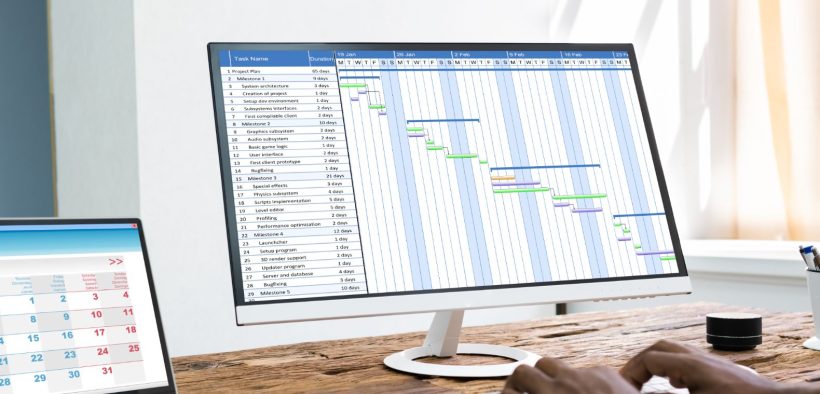Anyone who has used group projects in their teaching knows that they can be a double-edged sword. While they can teach valuable collaboration skills that students will need in their professional and personal lives, they can also falter when students cannot get themselves organized enough to produce a quality product. One reason for failure is that faculty often do not provide enough scaffolding for students to get started. They team students up and give them the outcome requirements but do not provide the tools for organizing group projects.
Project Management Systems for Group Projects

Related Articles
I have two loves: teaching and learning. Although I love them for different reasons, I’ve been passionate about...
Active learning is a mostly meaningless educational buzzword. It’s a feel-good, intuitively popular term that indicates concern for...
Perhaps the earliest introduction a student has with a course is the syllabus as it’s generally the first...
Generative AI allows instructors to create interactive, self-directed review activities for their courses. The beauty of these activities...
I’ve often felt that a teacher’s life is suspended, Janus-like, between past experiences and future hopes; it’s only...
I teach first-year writing at a small liberal arts college, and on the first day of class, I...
Proponents of rubrics champion them as a means of ensuring consistency in grading, not only between students within...







